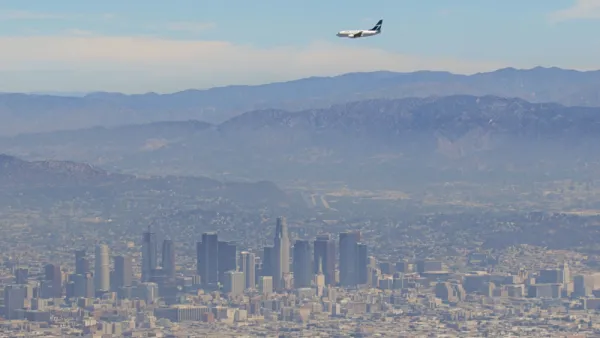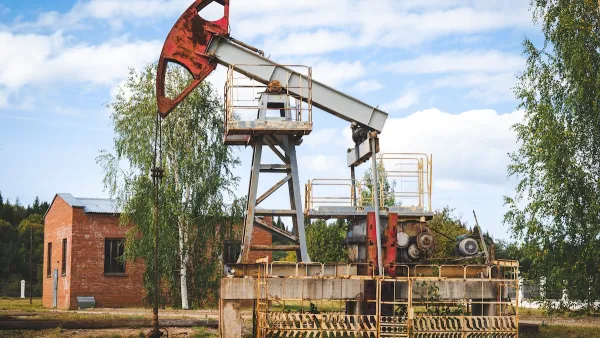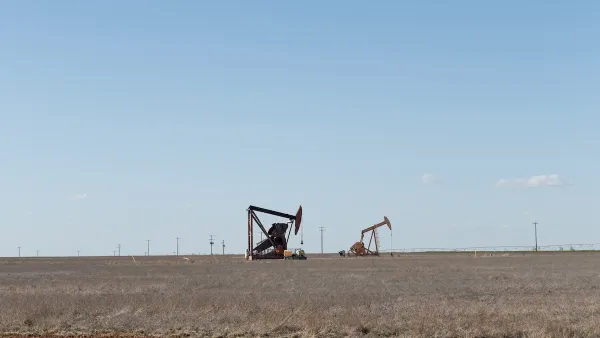The 16th annual State of the Air report includes everyone's favorite tool for putting the achievements of cities and metropolitan areas in perspective: rankings.
The American Lung Association has released the results of its 16th annual "State of the Air" report, finding that "more than 4 in 10 people in the United States live in counties that have unhealthy levels of either ozone or particle pollution."
According to a press release announcing the report, many parts of the country are making encouraging progress in the "long fight for cleaner, healthier air for all Americans." In fact, "[th]e best progress showed in levels of year-round particle pollution, which have been steadily improving. For that you can thank the transition to cleaner diesel fuel and engines and steps taken to clean up power plants, especially in the eastern U.S.," according to the press release.
Not all the news was good, however. Some cities got worse for ozone levels, and "[d]angerous short-term spikes in particle pollution increased in many cities, particularly in the western U.S., with some cities showing their worst problems since the report began." That latter issue has everything to do with climate change, according to the press release.
In addition to the policy recommendations included in the report and summarized in the press release, the State of the Air study includes a ranking of metropolitan areas, best and worst, on three measures of air pollution: Ozone, Year-Round Particle Pollution, and Short-Term Particle Pollution. The most polluted and cleanest cities on those measures are as follows:
Most Polluted
Ozone: Los Angeles, California
Year-Round Particle Pollution: Fresno-Madera, California
Short-term Particle Pollution: Fresno-Madera, California
Cleanest
Ozone: Bellingham, Washington
Year-Round Particle Pollution: Prescott, Arizona
Short-term Particle Pollution: Alexandria, Louisiana
FULL STORY: Every Breath You Take: State of the Air 2015

National Parks Layoffs Will Cause Communities to Lose Billions
Thousands of essential park workers were laid off this week, just before the busy spring break season.

Retro-silient?: America’s First “Eco-burb,” The Woodlands Turns 50
A master-planned community north of Houston offers lessons on green infrastructure and resilient design, but falls short of its founder’s lofty affordability and walkability goals.

Delivering for America Plan Will Downgrade Mail Service in at Least 49.5 Percent of Zip Codes
Republican and Democrat lawmakers criticize the plan for its disproportionate negative impact on rural communities.

Test News Post 1
This is a summary

Test News Headline 46
Test for the image on the front page.

Balancing Bombs and Butterflies: How the National Guard Protects a Rare Species
The National Guard at Fort Indiantown Gap uses GIS technology and land management strategies to balance military training with conservation efforts, ensuring the survival of the rare eastern regal fritillary butterfly.
Urban Design for Planners 1: Software Tools
This six-course series explores essential urban design concepts using open source software and equips planners with the tools they need to participate fully in the urban design process.
Planning for Universal Design
Learn the tools for implementing Universal Design in planning regulations.
EMC Planning Group, Inc.
Planetizen
Planetizen
Mpact (formerly Rail~Volution)
Great Falls Development Authority, Inc.
HUDs Office of Policy Development and Research
NYU Wagner Graduate School of Public Service





























